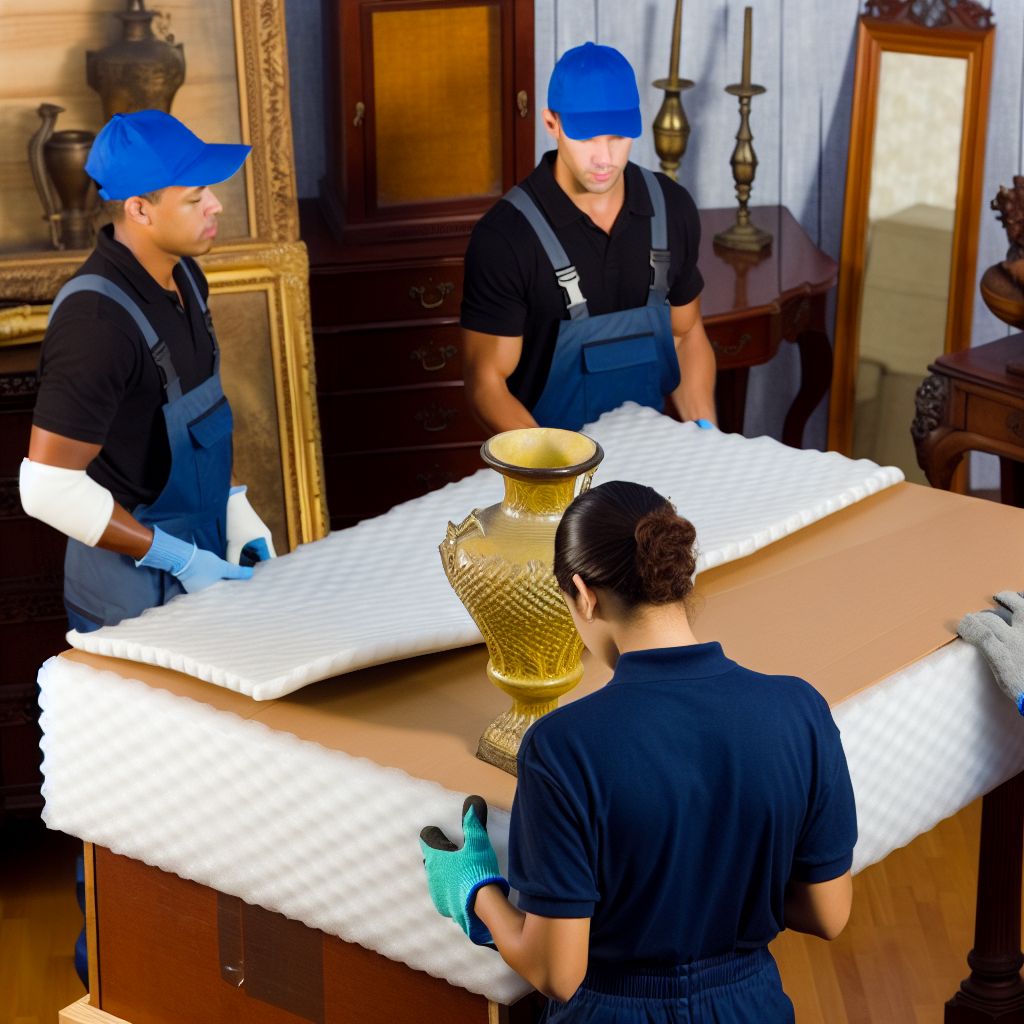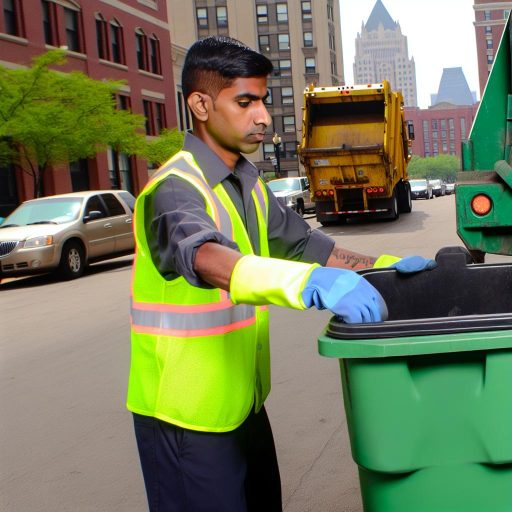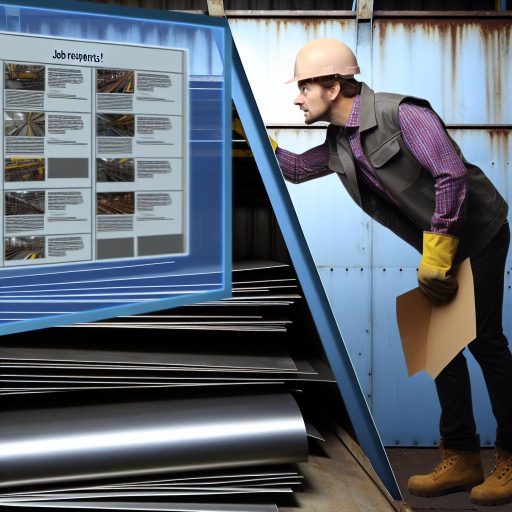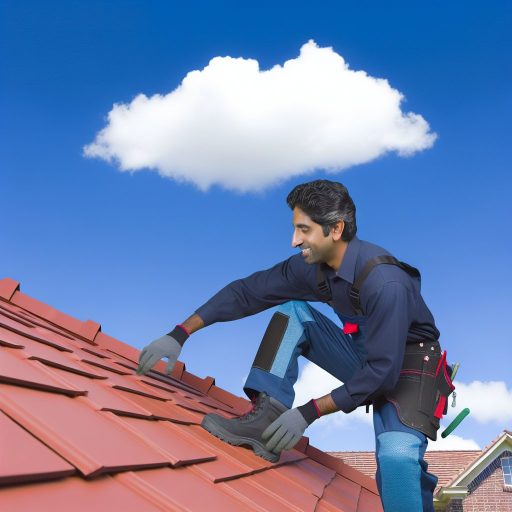Introduction
Ensuring the safe transportation of fragile and valuable items during a move is crucial for preserving their integrity.
Mishandling or improper packing can result in damage, loss, or decreased value of these items.
In this blog post, we will discuss the best moving techniques to protect your delicate possessions.
Packing Supplies
List of essential packing supplies such as bubble wrap, packing paper, packing peanuts, and sturdy moving boxes.
Explanation of why quality packing supplies are crucial for protecting fragile items during a move.
Essential Packing Supplies:
When it comes to moving fragile and valuable items, the right packing supplies can make all the difference. Here are some essential supplies you’ll need:
- Bubble Wrap: This cushioning material is perfect for wrapping fragile items like glassware, artwork, and electronics to prevent breakage during transit.
- Packing Paper: Ideal for wrapping delicate items individually to provide a protective layer that prevents scratches and damage.
- Packing Peanuts: These lightweight foam peanuts are great for filling empty spaces in boxes to prevent items from shifting during the move.
- Sturdy Moving Boxes: Invest in high-quality, durable boxes that are designed to hold the weight of fragile items without collapsing.
Importance of Quality Packing Supplies:
Using high-quality packing supplies is essential for ensuring the safety of your fragile and valuable items during a move. Here’s why:
- Protection: Quality packing supplies provide an extra layer of protection that minimizes the risk of damage to fragile items.
- Cushioning: Bubble wrap and packing peanuts create a cushioning effect that absorbs shocks and vibrations during transportation.
- Secure Packaging: Sturdy moving boxes ensure that your items are securely packed and can withstand the rigors of moving.
- Peace of Mind: By using top-notch packing supplies, you can have peace of mind knowing that your items are well-protected and secure.
Remember, investing in quality packing supplies is a small price to pay for the safety and security of your fragile and valuable items during a move. Take the time to gather the necessary supplies and pack your items with care to ensure they arrive at their destination in perfect condition.
Proper Wrapping Techniques
When it comes to moving fragile and valuable items, proper wrapping techniques are essential to ensure they arrive safely at their destination.
Here is a step-by-step guide on how to wrap fragile items securely using bubble wrap and packing paper:
- Start by laying out a sheet of bubble wrap on a flat surface.
- Place the fragile item in the center of the bubble wrap.
- Wrap the item in the bubble wrap, ensuring that it is fully covered and protected.
- Secure the bubble wrap with tape to keep it in place.
- Next, take a sheet of packing paper and wrap it around the bubble-wrapped item.
- Tape the packing paper securely to prevent it from coming loose during transit.
In addition to properly wrapping the fragile item, it’s important to layer wrapping materials for added protection. Here are some tips on how to do this effectively:
- Layering bubble wrap and packing paper provides extra cushioning and protection.
- For extremely delicate items, consider double or triple wrapping for maximum security.
- Fill any empty spaces in the box with packing peanuts or air pillows to prevent shifting.
- Label the box as fragile and indicate which way is up to ensure proper handling.
By following these proper wrapping techniques and layering materials for added protection, you can help safeguard your fragile and valuable items during the moving process.
Discover More: The Future of Assembly Jobs in the USA
Labeling
- Labeling boxes containing fragile items with “Fragile” stickers is crucial.
- Using color-coding or numbering systems helps keep track of valuable items during the move.
Labeling your moving boxes correctly is essential when it comes to transporting fragile and valuable items.
Proper labeling not only helps you identify which boxes need extra care but also ensures that your items arrive safely at their destination.
Importance of Labeling Boxes with “Fragile” Stickers
When it comes to fragile items, such as glassware, china, or electronics, it is crucial to label the boxes with “Fragile” stickers.
This simple step alerts the movers to handle these boxes with extra care and attention.
Additionally, labeling boxes as fragile can help prevent accidental damage during the moving process.
Movers will be more cautious when loading and unloading these boxes, reducing the risk of items breaking or getting damaged.
Suggestions for Using Color-Coding or Numbering Systems
Another effective way to keep track of valuable items during a move is to use color-coding or numbering systems.
Transform Your Career Today
Unlock a personalized career strategy that drives real results. Get tailored advice and a roadmap designed just for you.
Start NowThis method adds an extra layer of organization and security to your packing process.
You can assign a specific color or number to each category of items, such as kitchenware, electronics, or artwork.
Then, use colored stickers or labels with corresponding numbers to mark the boxes containing these items.
For example, you can use red stickers for fragile items, green stickers for electronics, and blue stickers for kitchenware.
This way, you can easily identify which boxes require special handling and unpack them accordingly upon arrival at your new home.
By implementing these labeling strategies, you can ensure that your fragile and valuable items are well-protected during the moving process.
Taking the time to label your boxes correctly can make a significant difference in the safety and security of your belongings.
Remember, proper labeling is key to a successful and stress-free move!
Explore Further: The Importance of Attention to Detail for Assemblers
Use of Cushioning Materials
When it comes to moving fragile and valuable items, using cushioning materials is crucial for ensuring their safety during transit.
Here are some recommendations on how to effectively use cushioning materials:
Recommendations for using cushioning materials:
- Consider using foam inserts or packing peanuts inside boxes to prevent items from shifting during transport.
- Choose cushioning materials that provide adequate protection without adding unnecessary bulk to the packaging.
- Test the effectiveness of cushioning materials by gently shaking the package to see if the items inside move around.
- Fill any empty spaces in the box with additional cushioning materials to prevent items from shifting during handling.
Tips on how to pack delicate items like glassware or ceramics:
- Wrap each piece individually in bubble wrap or tissue paper to provide a protective layer against impacts.
- Place a layer of cushioning materials at the bottom of the box before adding the wrapped items.
- Separate the fragile items with cardboard dividers or layers of padding to prevent them from hitting each other.
- Label the boxes containing fragile items clearly to alert movers to handle them with care.
By following these recommendations and tips, you can ensure that your fragile and valuable items are packed and protected properly for a safe and secure move.
See Related Content: Essential Skills Every Professional Janitor Should Have

Handling and Transporting
When it comes to moving fragile and valuable items, proper handling and transporting techniques are crucial to ensure that your possessions arrive safely at your new destination.
In this section, we will discuss the best practices for lifting and carrying boxes containing fragile items and how to secure valuable items in the moving truck.
- Techniques for lifting and carrying boxes containing fragile items safely: To prevent damage to fragile items, always lift boxes from the bottom and use your legs to lift, not your back. Avoid carrying multiple boxes at once to maintain balance and control.
- Suggestions for using moving blankets or straps to secure valuable items in the moving truck: Wrap fragile items in moving blankets or bubble wrap to provide extra protection during transit. Use straps to secure items in place and prevent shifting during the move.
By following these handling and transporting techniques, you can minimize the risk of damage to your fragile and valuable items while moving.
Remember to handle each item with care and take the necessary precautions to ensure a smooth and successful relocation.
Uncover the Details: Environmental Impact of Sheet Metal Fabrication
Unpacking Process
When it comes to the unpacking process after a move, it is crucial to handle fragile items with care to avoid any damage.
Here are some guidelines for unpacking fragile and valuable items safely:
Transform Your Career Today
Unlock a personalized career strategy that drives real results. Get tailored advice and a roadmap designed just for you.
Start Now- Use a designated space: Designate a specific area in your new home for unpacking fragile items.
- Handle with care: When unpacking fragile items, handle them gently and with great care.
- Use appropriate packing materials: Make sure to have the necessary packing materials on hand.
- Inspect for damage: As you unpack each fragile item, inspect it carefully for any signs of damage.
- Document any damage: If you notice any damage to your fragile items, be sure to document it for insurance purposes.
- Proper storage: Once your fragile items are unpacked, store them in a safe place where they won’t be at risk of getting damaged again.
Additionally, here is a checklist you can follow to inspect your items for any signs of damage post-move:
- Inspect the packaging: Check the packaging of each fragile item for tears, dents, or other signs of damage.
- Check for cracks or chips: Examine your fragile items closely for any cracks, chips, or breakages.
- Test functionality: If you are unpacking electronics or other fragile items that require functionality, test them to ensure they are still in working condition.
- Look for missing pieces: Check for any missing pieces or accessories that may have been lost or damaged during the move.
- Seek professional help: If you discover any significant damage, consider seeking professional help to repair or replace them.
- Keep records: Keep detailed records of any damage you find during the unpacking process for insurance purposes.
Best Practices for Moving Fragile Items
After discussing various moving techniques for fragile and valuable items, it’s clear that proper packing materials and handling are essential.
Ensuring items are securely wrapped, using sturdy boxes, and labeling them correctly can significantly reduce the risk of damage during transit.
Utilizing additional protective layers such as bubble wrap, packing peanuts, or foam can provide an extra cushion against impact.
Properly securing boxes in the moving vehicle and avoiding stacking heavy items on top of delicate ones is crucial for safe transport.
Lastly, communicating with your moving team or helpers about the fragility of your items can help them handle them with care and attention.
By implementing these best moving techniques, you can be confident that your fragile and valuable items will reach their destination unharmed.
It’s important to take the time and effort to protect your precious belongings during a move to avoid costly damages and heartache.
So, as you prepare for your next move, remember to apply these techniques and safeguard your possessions for a smooth and stress-free transition.
Additional Resources
Our best mental health tips – backed by research | Mental Health …
General Educational Guidelines for Students with Fragile X Syndrome




